AMD in 2020: year in review
Ryzen 5000 and Big Navi made a major impact – but not without caveats
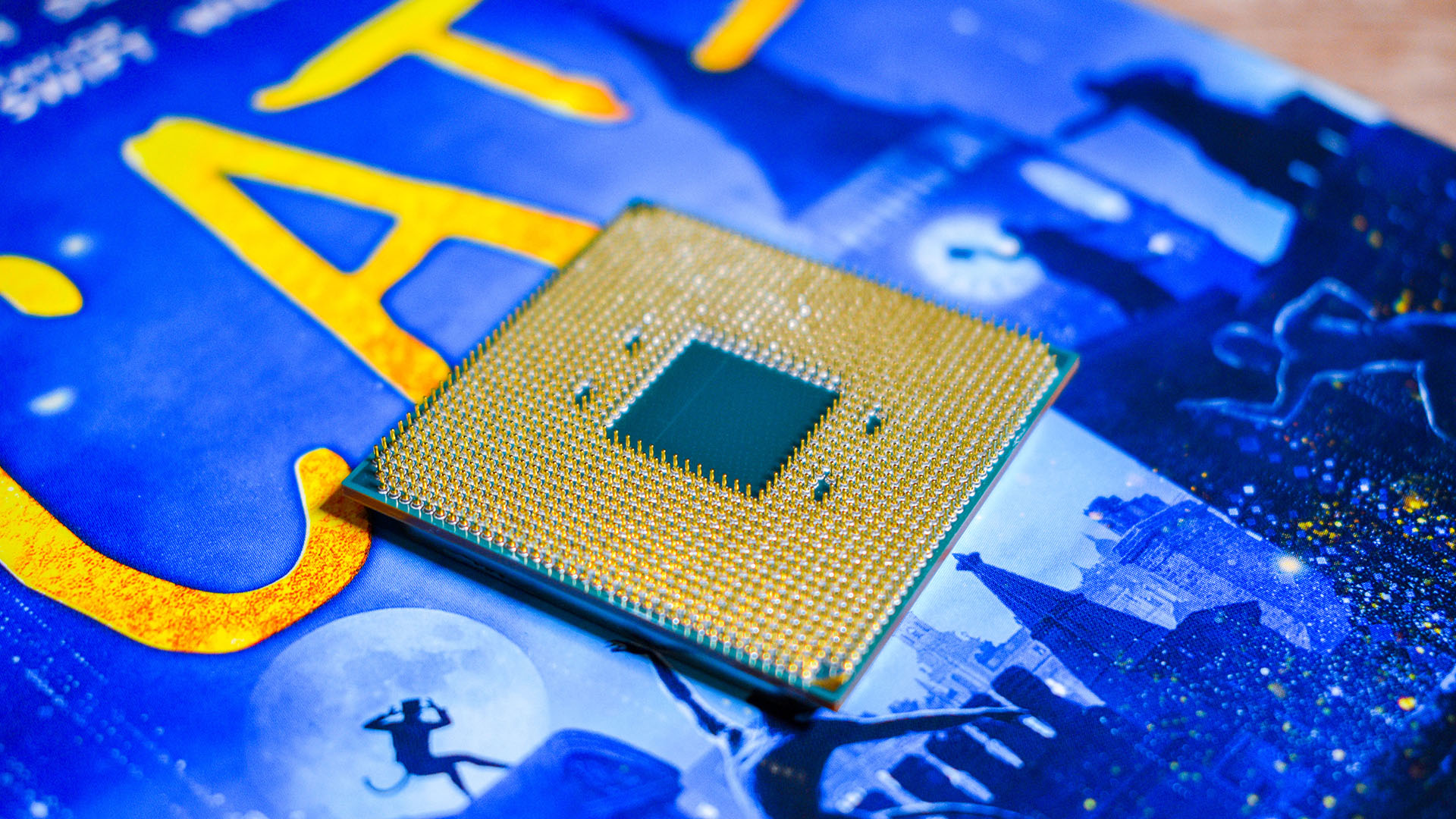
AMD had plenty to offer during 2020, with the release of fresh Ryzen desktop CPUs based on an entirely new Zen 3 architecture – with major performance benefits therein – and the launch of Big Navi graphics cards.
Both of those new ranges caused quite a stir, although in the case of RX 6000 GPUs, not always for the right reasons. At any rate, let’s look in-depth at those crucial launches, as well as some of the other impressive technical innovations AMD had up its sleeve this year, before casting a glance at what could be in store for 2021 from Lisa Su’s firm.
- We'll show you how to build a PC
- These are the best gaming laptops
- Check out all the best gaming PCs
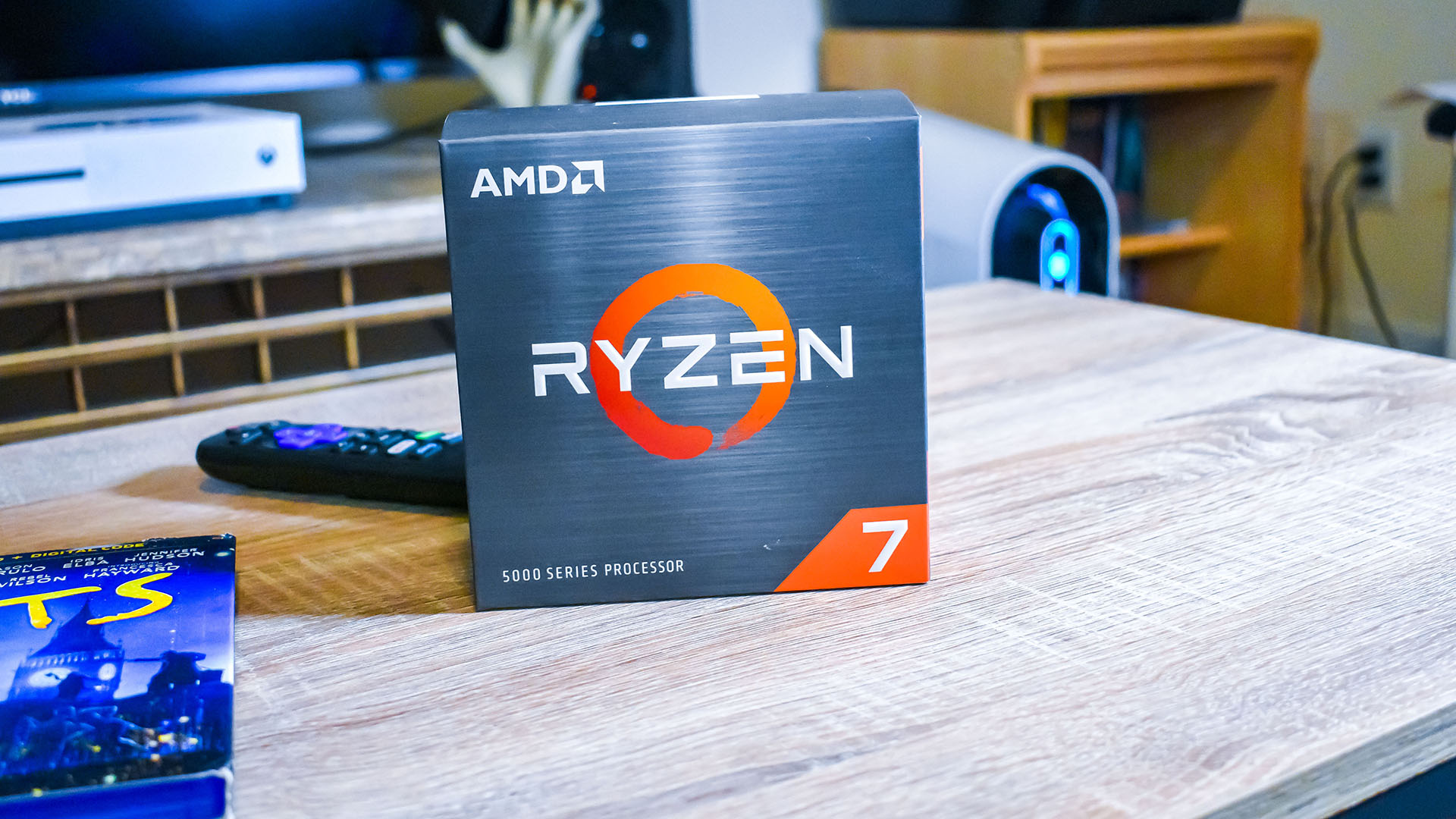
AMD Ryzen 5000: blowing away Intel (again)
The highlight of AMD’s year was the launch of Ryzen 5000 desktop processors based on new Zen 3 architecture which delivered a chunky performance uplift for these CPUs. The IPC (instructions per clock) increase over Ryzen 3000 was pegged at 19% by AMD’s own launch figures, with some games feeling the benefit by up to almost 40% in performance terms.
As we observed in our Ryzen 7 5800X review, where the chip scored full marks, this is “easily the best gaming processor for a vast majority of people”, and even beat Intel’s Comet Lake flagship 10900K by 7% in Total War: Three Kingdoms, and that’s a game optimized for Intel hardware.
It’s no real surprise to see that AMD’s chips still dominate our roundup of the best CPUs, with the Ryzen 5000 series stealing Intel’s thunder as the best gaming processors.
AMD was already destroying Intel in terms of desktop CPU sales, and unsurprisingly given the advancements made by Ryzen 5000, these processors pushed the company’s sales to new heights (although stock was, and remains, pretty thin on the ground). Remember also that even before the launch of the new Zen 3-based desktop chips, AMD’s Ryzen processors managed to achieve the best sales for the company in 13 years, no less, according to one respected analytics firm.
AMD can seemingly do no wrong in the desktop processor world, and it’s even got to the point where we are worrying that it might become an uncompetitive arena if Intel continues to fall behind. That said, Intel’s Rocket Lake is just around the corner theoretically – it may debut in March 2021, according to the rumor mill, and there are promising noises about what these next-gen CPUs will do for gaming. We shall see, but for the moment, AMD couldn’t be any more firmly in the driving seat.
Get daily insight, inspiration and deals in your inbox
Sign up for breaking news, reviews, opinion, top tech deals, and more.
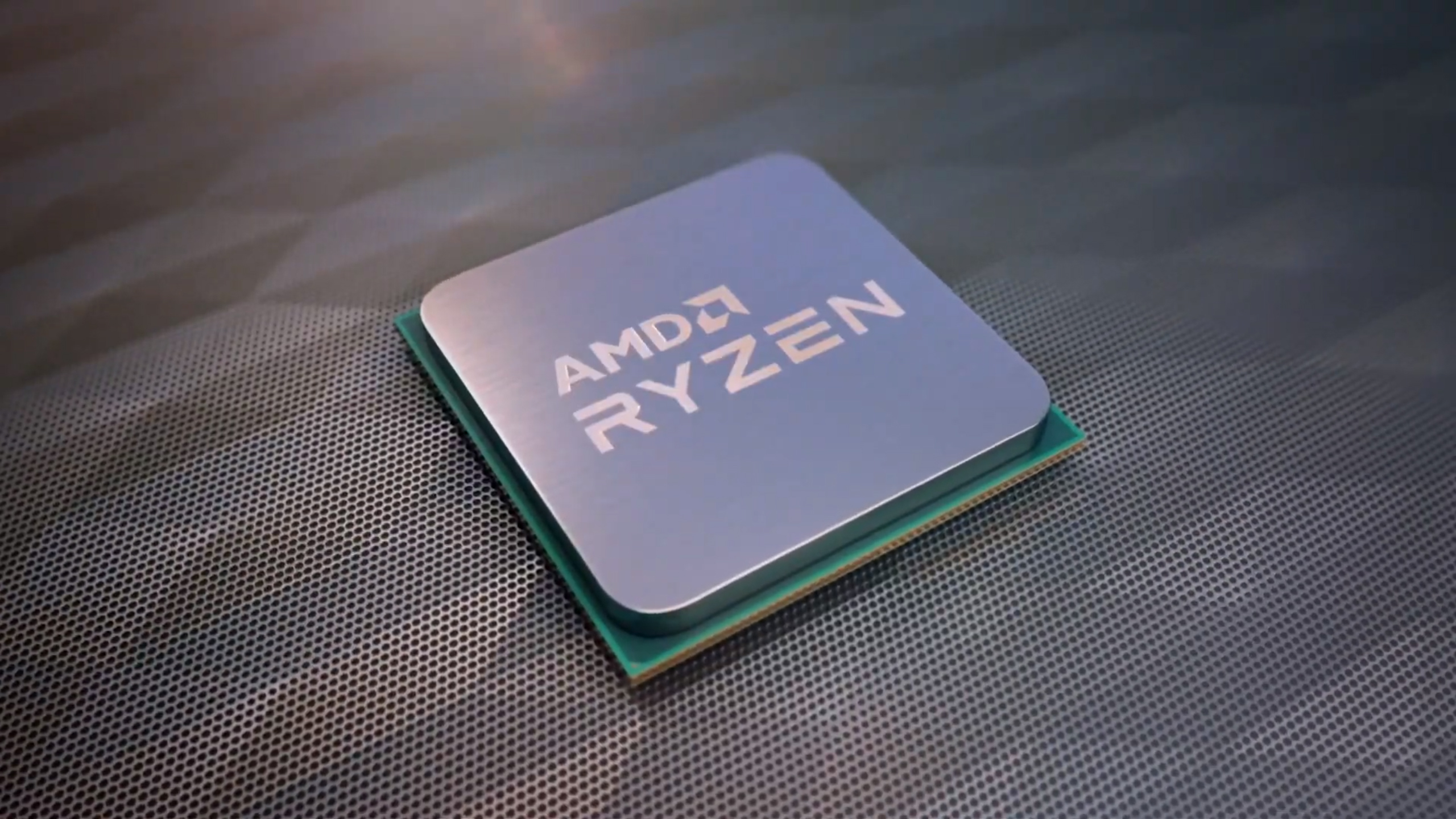
Ryzen mobile: a growing threat to Intel
AMD unleashed some highly competitive mobile CPUs (or APUs as it likes to call them) too. Soon after the launch of Ryzen 4000 chips, laptops packing them started to turn up offering some great price-to-performance ratios.
Even so, Intel remains very dominant when it comes to laptops, and finding Ryzen-powered models can still be quite challenging (particularly the higher-end Ryzen 4000 APUs).
Furthermore, Intel did have a reply to Ryzen 4000 in the form of Tiger Lake chips which arrived late in 2020, and are very competitive CPUs in themselves. These rival AMD and Intel mobile processors have their respective strengths and weaknesses depending on exactly what kind of laptop you need, and what you want to do with it. But weighing up the overall picture, Ryzen 4000 and Tiger Lake are pretty evenly matched – and broadly speaking, you’re unlikely to be disappointed by models from either CPU range.
That said, AMD has Ryzen 5000 mobile processors purportedly ready to go, and the rumor mill reckons they will be announced at CES in January 2021. While Intel does have more powerful Tiger Lake chips planned to debut early in the year too, from what we’ve heard on the grapevine about Ryzen 5000, it’s likely to push AMD right back firmly into the lead in performance terms.
However, there’s still a long way to go in the process of attrition which is taking Intel’s laptop turf, but if team blue continues to lose its grip here, slowly but surely, that could effectively be the beginning of the end.
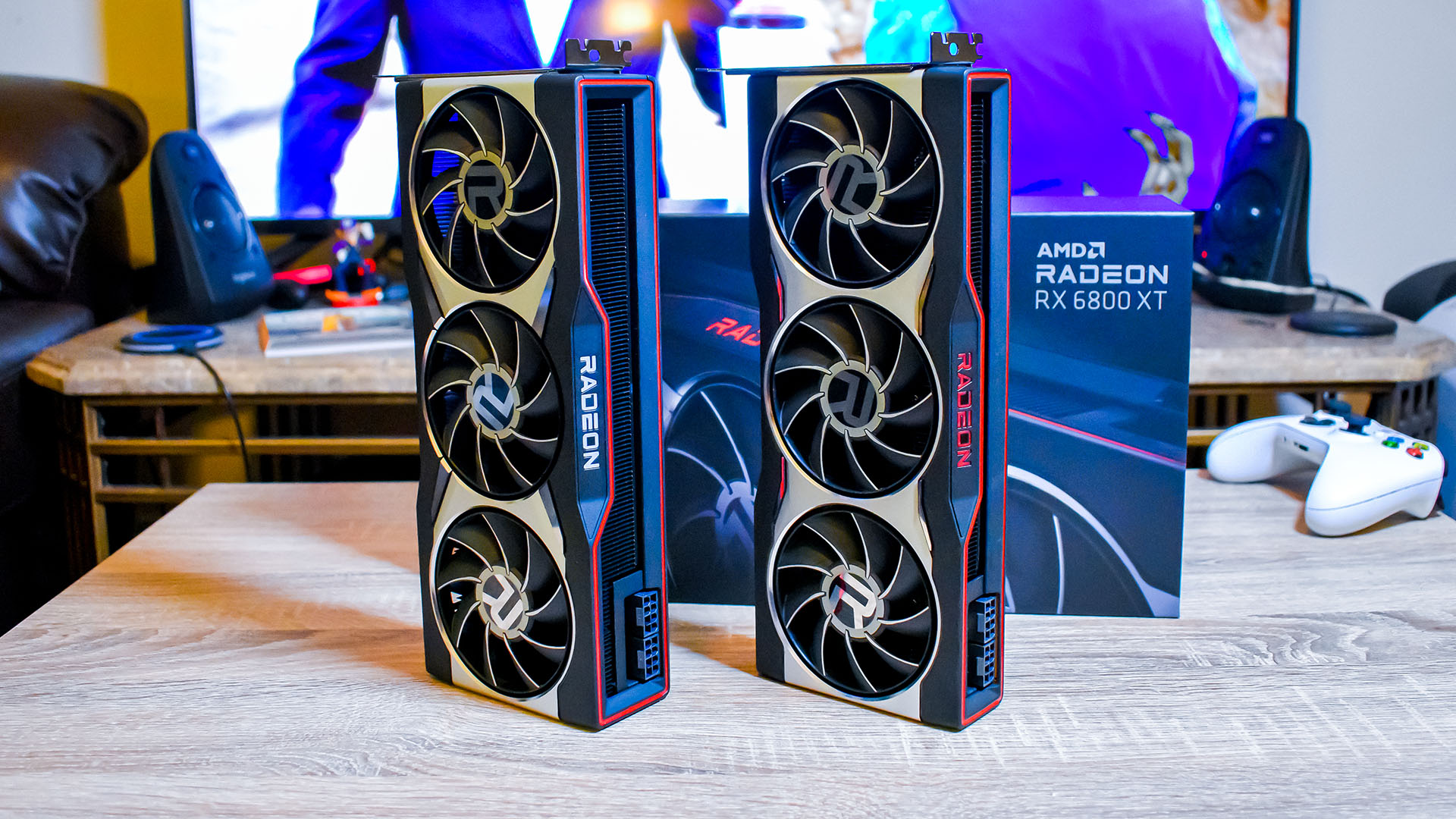
Big Navi offers big performance – but little stock
With graphics cards, late in the year, AMD fired off a salvo of long-awaited new GPUs based on its RDNA 2 architecture. The Radeon RX 6800 and RX 6800 XT emerged in November, followed by the Big Navi flagship RX 6900 XT in early December. And there was good news, bad news and worse news.
The good news was that the overall performance of these Big Navi cards was impressive. The most affordable initial launch – although that’s still a relative term at the high-end of the GPU world – namely the RX 6800, brought 4K gaming performance into the mainstream, and stood as an equal to Nvidia’s seriously impressive RTX 3070 (even if the AMD card was disappointingly a bit more expensive).
After what seemed like a long time of AMD not having a truly high-end GPU to compete with Nvidia’s flagship products, it was great to see Big Navi graphics cards roll onto the scene as a fully realized, compelling and competitive alternative to GeForce for those who want to splash some serious money on a frame rate monster. So that was all well and good.
What about the bad news, then? That came in the form of ray tracing performance, which was something of a flop. You could argue about how much that really matters – and many folks have, as games can still look great without ray tracing – but we only have to look at the path that the new consoles are treading to see where the future lies. And titles like Cyberpunk 2077 and Watch Dogs: Legion on PC are already proving that full-on ray traced games can provide some breath-taking scenes to behold.
So, the worst news? Well, that was the reality that you couldn’t buy any of these darn cards anyway. After AMD seemed to hint that the Big Navi launch wasn’t going to fizzle like Nvidia’s RTX 3000 range did when it came out, stock issues for Radeon RX 6000 cards were just as bad. In fact, going by some reports, AMD failed harder than Nvidia when it came to getting GPUs off the assembly lines and into the hands of consumers.
Thus we saw the same grim picture as we did with Ampere graphics cards, in terms of scalpers grabbing the GPUs ahead of genuine buyers, and reselling them for miserably high prices on eBay.
Really, it’s irrelevant to nit-pick about who had the worst launch – both Ampere and Big Navi suffered from a vanishingly thin initial supply, massively outstripped by demand. And outside of ray tracing – because Nvidia is still the obvious choice for that – these rival GPUs stack up pretty closely, and performance issues probably won’t end up deciding who will buy them, but rather simple availability.
If the rumor mill is anything to go by, AMD may be able to get RX 6000 graphics cards out in meaningful quantities before Nvidia – and if that’s the case, that could be a big win for Big Navi. This is just speculation, of course, and ultimately all we can do is wait for 2021 to roll around and see which firm actually manages to solve their production woes first.
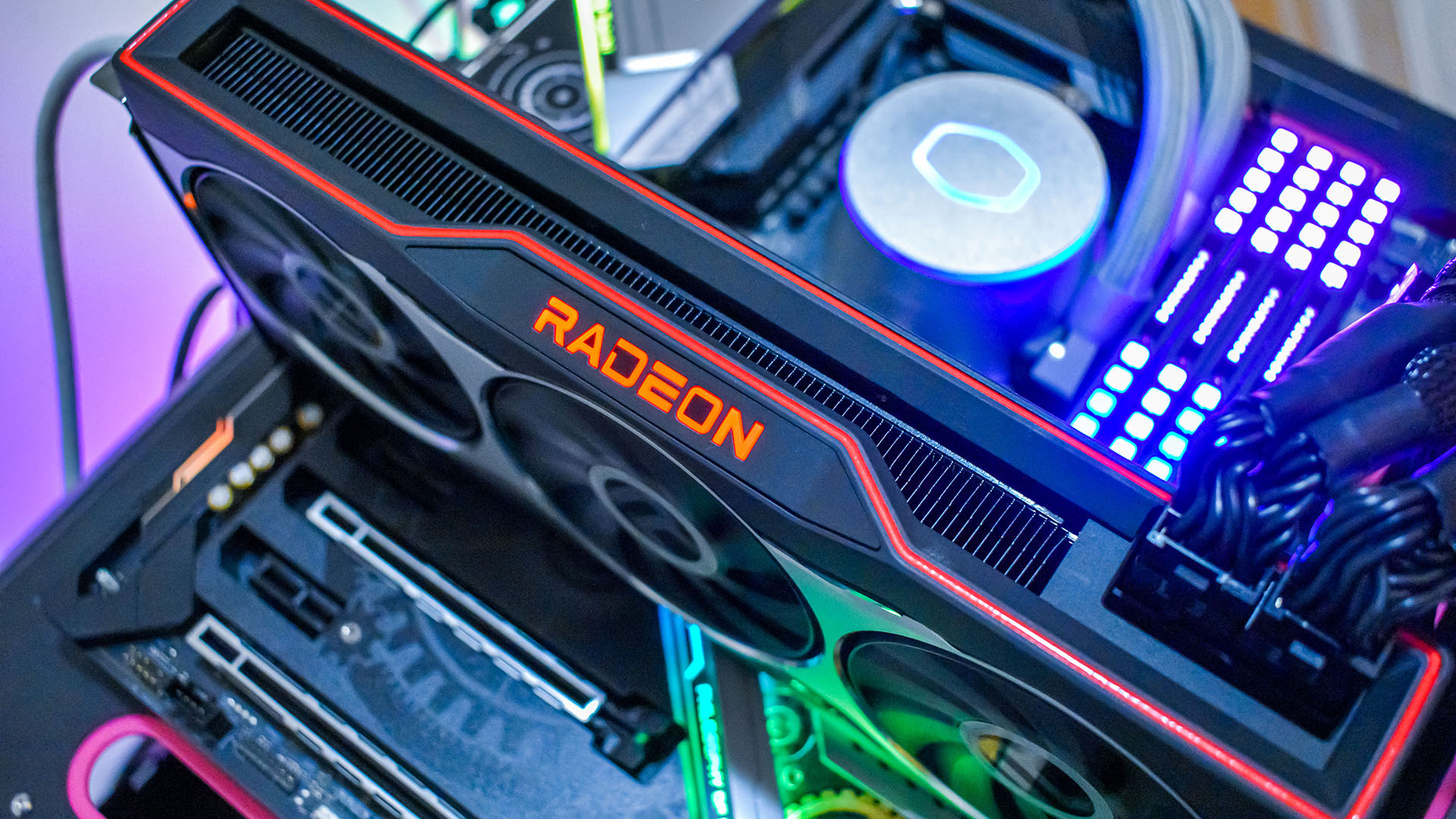
Serious SAM
Smart Access Memory, or SAM, was a nifty innovation AMD came up with as it launched Big Navi cards late in 2020.
This is a performance boosting tech which allows the CPU to have full access to GPU memory, removing memory constraints to produce some healthy frame rate boosts (more so in some games than with others – but around 10% boosts, or possibly more, are feasible).
SAM debuted with AMD’s RX 6000 graphics cards and only worked with these GPUs in tandem with a new Ryzen 5000 CPU, and a 500-series motherboard. So only early adopters with all the latest shiny new AMD hardware got to benefit initially.
However, SAM won’t remain exclusive in this manner, with AMD already bringing it to older motherboards, and eventually it will benefit Intel CPUs and Nvidia GPUs as well. This is because it’s not some proprietary AMD feature as such, but SAM is actually AMD’s own spin on PCIe’s resizable BAR feature – which can be applied broadly across other hardware as mentioned, and indeed has already been tested on Intel’s Z490 motherboards.
AMD has undoubtedly led the way with this memory innovation here, though, and definitely gets a big thumbs up for that – and for not trying to keep SAM exclusive to its cutting-edge hardware within its own ecosystem, too.
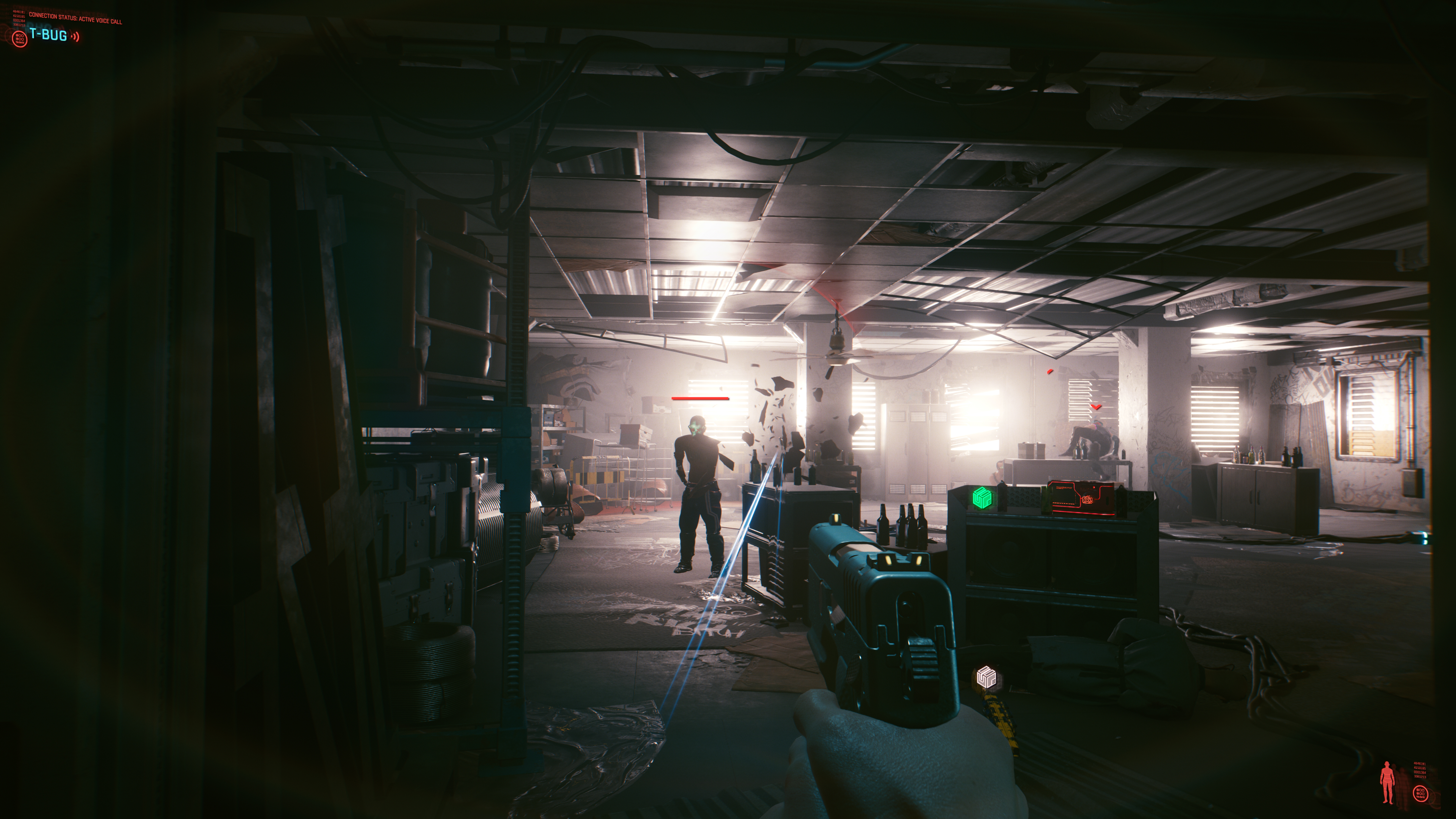
AMD’s answer to DLSS – or lack of it
As we’ve already mentioned, when it came to the launch of Big Navi GPUs, AMD failed to compete with Nvidia when it comes to ray tracing. And another missed beat for AMD in 2020 was the lack of a rival for Nvidia’s DLSS technology, which upscales resolution to allow for an image quality that’s very close to, say 4K, but requires much less GPU power to render (because effectively it’s 1440p upscaled).
AMD is doing the same thing with FidelityFX Super Resolution, but it wasn’t ready for the RX 6000 launch, and won’t arrive until 2021. That was a disappointment in some ways, of course, and the tech is pretty important in relation to ray tracing, because it can offset some of the huge demands the latter makes on a GPU (as we’ve seen, it’s been vital to the performance of Nvidia’s Ampere cards in Cyberpunk 2077).
On the positive front, though, AMD is implementing Super Resolution as an open source and cross-platform tech. That’s great news in theory as it should make it way easier for developers to incorporate into games (and across different systems), and that could mean it comes into more widespread use in a swifter manner. Nvidia’s DLSS, on the other hand, is proprietary technology, and can’t offer such sweeping benefits as a result.
That said, while Super Resolution looks very promising in theory, there are still a lot of question marks around it. We’ll only really know how well it works when the feature actually launches, which may not happen for some time yet.
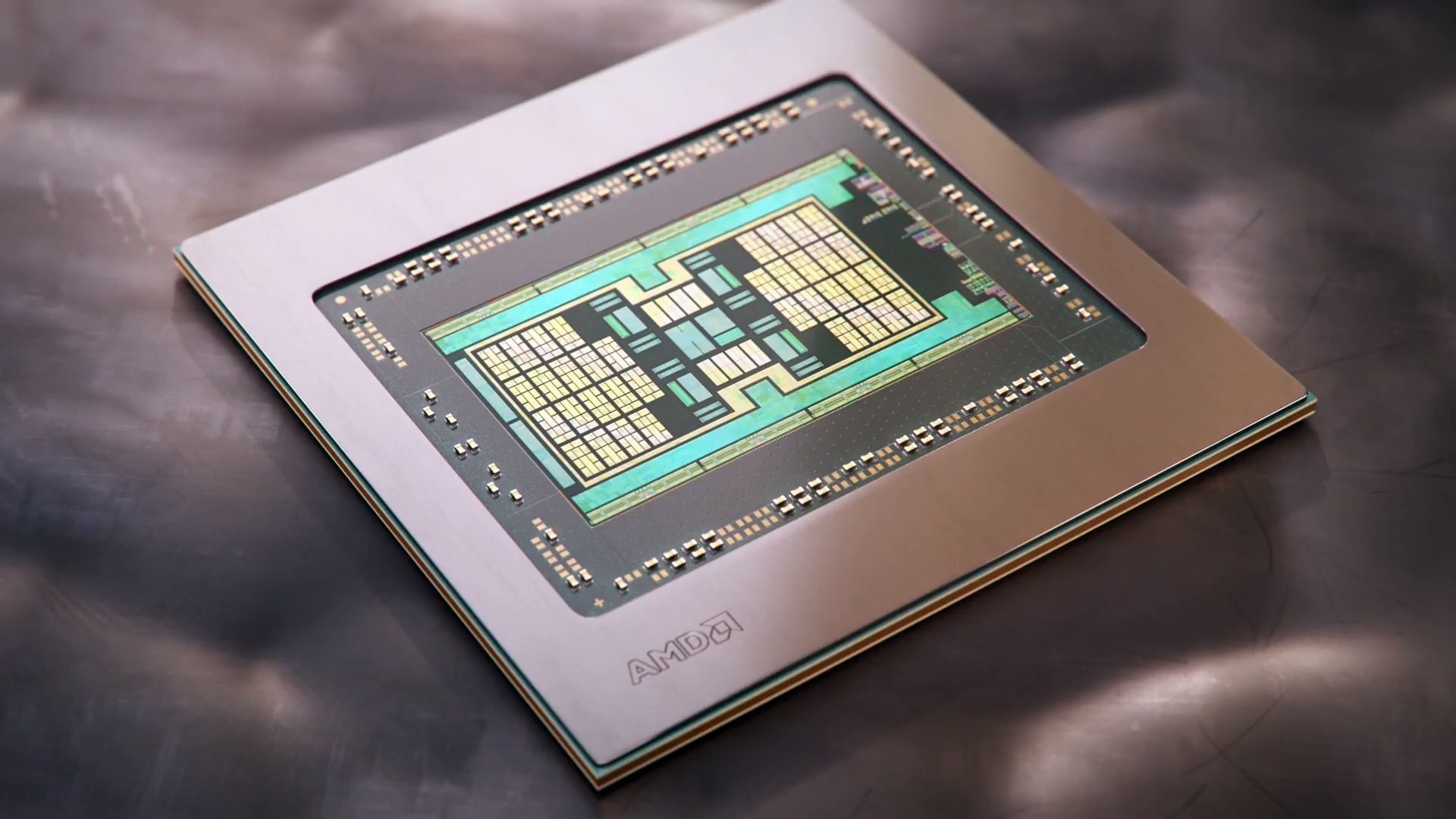
Concluding thoughts
AMD had a good 2020 – you only need to look at the company’s share price to see that, with it more or less doubling over the course of the year in a sharp upward spike. Confidence is riding high within AMD, and without, for good reason – but even so there were blips amongst the glowing success stories.
AMD’s Big Navi graphics cards proved themselves to be sterling performers and provided the firm with a much-needed presence in the high-end GPU arena. However, they fell down in some areas – notably ray tracing and the lack of a rival for Nvidia’s DLSS tech which has proved a seriously impressive weapon in Team Green’s graphics armory. The fact that AMD misfired with the RX 6000 launch and completely failed to meet demand was disappointing too, although Nvidia suffered the exact same issues with its new GPUs.
On the CPU front, if anything AMD gained even more momentum, particularly on the desktop with its superb Ryzen 5000 processors which made a big impact late in 2020 – albeit with supply and demand issues of their own. Ryzen 4000 mobile chips also proved seriously impressive performers, helping AMD carve out some more market share for itself in the laptop world.
Finally, we have to applaud AMD’s efforts to innovate with Smart Access Memory, and in keeping things as open as possible with that tech – catering for older hardware, plus facilitating gains for its rivals too – and indeed the same goes for the open source FidelityFX Super Resolution feature which is still in the oven.
The latter could be the graphics tech development to watch in 2021, powering up Big Navi cards, which could also be bolstered by the purported Radeon RX 6700 GPU that AMD might just reveal at the very start of next year at CES in January. We’re also expecting big things from Ryzen 5000 laptop chips which should be revealed at CES 2021 too, going by the rumor mill – and there are further whispers that maybe we’ll hear something about Threadripper 5000 for the next step in high-end desktop chips.
Darren is a freelancer writing news and features for TechRadar (and occasionally T3) across a broad range of computing topics including CPUs, GPUs, various other hardware, VPNs, antivirus and more. He has written about tech for the best part of three decades, and writes books in his spare time (his debut novel - 'I Know What You Did Last Supper' - was published by Hachette UK in 2013).